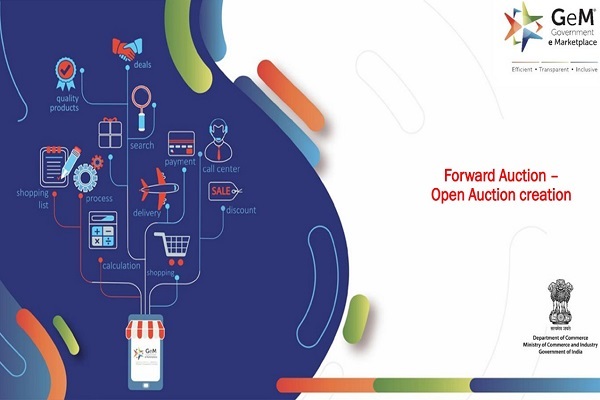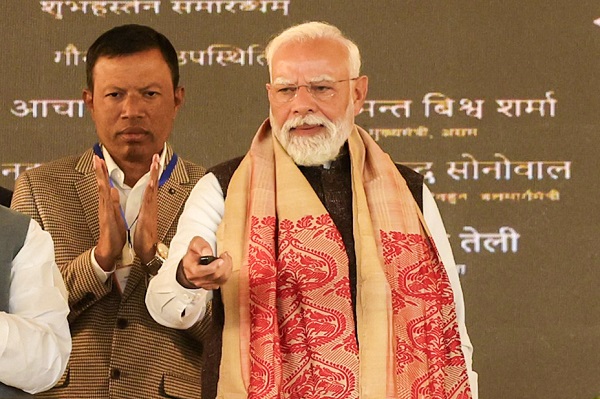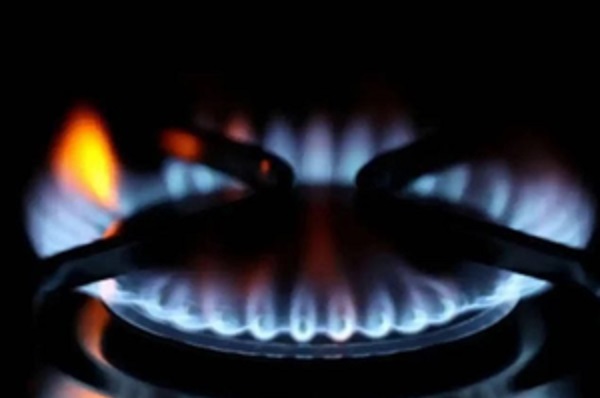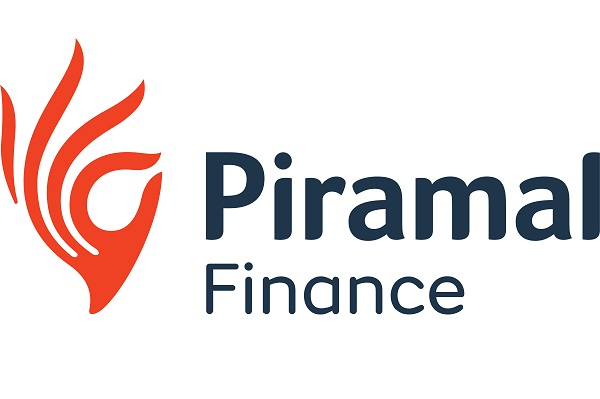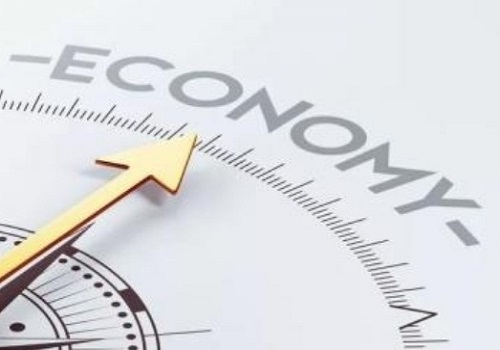Banking Sector Update :RBI preps lenders to build shock absorbers, but could hurt interim growth By Emkay Global Financial Services
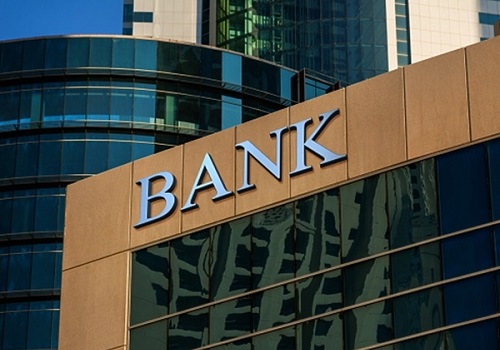
Amid persistent risk of global macro-economic spill-overs, a prolonged interest-rate environment, higher growth in unsecured & risky loans, rising noise around stress in select pockets (e.g. Cards, low-ticket PLs) and falling household savings, the RBI has been regularly firing warning shots followed by pre-emptive strikes to improve financial system resiliency in credit, liquidity and interest rate (incl. HTM portfolio), and evading operational & reputation risk. Notably, RBI has been accused of being behind the curve in the past, in terms of identifying & containing shocks in the financial system (including the NBFC crisis, the Yes Bank saga, etc), which has possibly pushed it into an overdrive to improve lenders’ loss-absorption capacity and hence ensure healthy economic/credit growth in the long run. We outline our views, on the RBI’s recent T&P, FSR report and statements, in this note.
All well for now, but banks need to build shock absorbers (including Super CET 1 ratio) to prep for unforeseen risks: The recent trend & progress report as well as the FSR highlight the resiliency of the Indian financial system, supported by healthy domestic macros, receding back-book NPAs (GNPA/NNPA ratio down to 3.2%/0.8%) and relatively stronger Bank/Corporate balance sheets (BSs). However, the retail household BS is facing some challenges due to over-leveraging and fall in savings which could manifest via delinquencies in select cohorts (PL/BNPL, Cards, SBL) for retail heavy banks/NBFCs/FinTechs. Thus, the RBI has taken some proactive regulatory measures—incl. increasing risk weights on select consumer credit by banks/NBFCs (impact of ~50bps on banks’ CET 1 and of 50-400bps for NBFCs) as well as bank credit to NBFCs, along with strengthening of credit standards— to prevent build-up of credit risks in the wider financial system. Also, RBI has recently directed banks/NBFCs to either unwind their AIF investments within 30 days as it suspects ever-greening of loans by select lenders (mainly NBFCs) or to make 100% provisions. In the FSR, RBI also highlights that a prolonged period of high interest rates could test the resilience of the banking sector through valuation losses in banks’ investment portfolios, as seen in USA. Banks hold 63.6% of investments in the HTM category which are not marked to market, and the median impact of valuation losses on CET 1 is 62bps, with 5% of banks taking a sizable impact of over 160bps. Also, the past crisis suggests that banks are vulnerable to loss in depositor confidence, even with high levels of capital/liquidity buffers; thus, banks have highlighted the importance of: i) the ratio of uninsured deposits to total deposits; ii) the ‘super’ CET1 ratio, which considers unrealized losses in HTM securities; iii) runnable deposit ratio; and iv) liquid asset ratio that excludes HTM securities. As per RBI, banks are well positioned on most metrics, but the liquid assets ratio is low, as the share of HTM securities is high.
RBI nudges banks to prune their higher Credit-Deposit ratio; NBFCs to limit reliance on algo/credit score-based lending: The RBI has raised concerns on the relatively slower deposit growth (13.4% vs credit growth at 16.4%), including higher share of bulk deposits, which could accentuate the already tight liquidity conditions, apart from lower SA rate impeding effective policy transmission. In this regard, the RBI has nudged banks to reduce the higher credit-deposit (C/D) ratio (~79% for the system) with some PVBs/SFBs (incl. HDFCB, Axis, IDFC, Equitas, Bandhan) running C/D ratio of above 90%/100%. Analysts/Investors have frequently raised these concerns, but most banks claim to focus on liquidity coverage ratio (LCR), which remains comfortably above 110% for them. However, we believe that the recent prod by the RBI on the higher C/D ratio, deposit growth and action on unsecured loans/exposure to NBFCs could manifest via some moderation in credit growth or higher deposit growth by increasing rates. RBI has also highlighted that banks and NBFCs should exercise caution on relying solely on preset algorithms and ensure that such models are robust, regularly tested and recalibrated as needed, to maintain robust underwriting standards.
Higher capital requirement (over 20bps) for select D-SIBs should push banks like SBI to shore-up CET 1: In its recent review of Domestic Systemically Important Banks (D-SIBs), the RBI has shifted SBI from bucket 3 to bucket 4, and HDFCB from bucket 1 to bucket 2, leading to increase of 20bps in their CET 1 requirement. Thus effectively, SBI/HDFCB will have to maintain additional CET 1 of 0.8%/0.4% (effectively 1-Apr-2025) vs the current additional CET 1 of 0.6%/0.2%. SBI has been fervently operating at sub-optimal CET 1 of 11% (including 6M profit) and adjusted for the recent impact of higher RWA on ULs/NBFC loans at 10.6%. Thus, we believe that the elbowing by the regulator, along with the ensuing ECL norms, could push SBI to shore-up CET 1 at the earliest.
We prefer banks with strong capital, liquidity and provisioning buffers: We believe that the recent as well as ensuing pre-emptive action/nudges (on ECL, Co-lending too) by the RBI could cumulatively impact credit growth (banks @16%/NBFCs@20%) and ultimately margins, partly offset by continued reduction in credit cost for select banks with higher provision buffers. Thus, we prefer large-cap banks like ICICIB, IndusInd and HDFCB that offer a reasonable margin of safety, given their strong capital/provision buffers, while consciously building a strong liability franchisee amid the raging war for retail deposits. Within the small/mid-cap space, we prefer KVB, Federal Bank and Indian Bank.
For More Emkay Global Financial Services Ltd Disclaimer http://www.emkayglobal.com/Uploads/disclaimer.pdf &
SEBI Registration number is INH000000354


